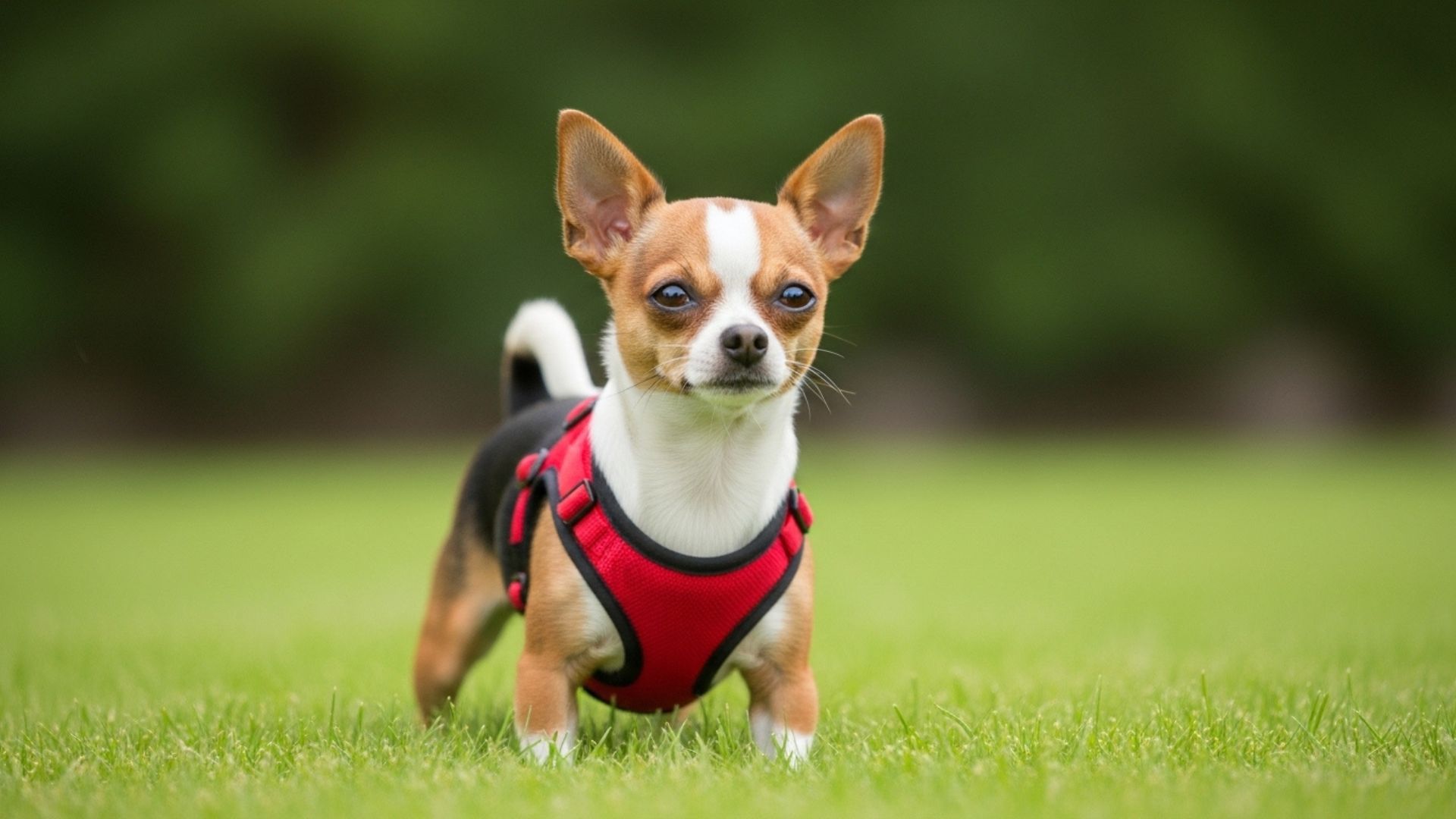When it comes to courage, some of the boldest dogs come in the smallest packages. While many people picture tiny breeds as pampered lap dogs, a surprising number of them pack enough bravery to rival their larger counterparts.
These pint-sized powerhouses don’t hesitate to confront intruders, explore the unknown, or stand tall in the face of much bigger challenges. Their confidence, tenacity, and protective instincts make them far more than just cuddly companions.
From spirited hunters to tenacious watchdogs, small, fearless dogs have been bred for more than just charm. Whether it’s chasing down prey, guarding territory, or simply asserting their presence in a big world, these breeds refuse to back down. Their assertive personalities and high energy levels often surprise those unfamiliar with their plucky reputations.
In this article, we’ll explore the tiny dog breeds that are surprisingly fearless. These small yet bold pups are living proof that courage isn’t measured in pounds or inches—but in attitude.
Tiny Dog Breeds That Are Surprisingly Fearless
1. Dachshund
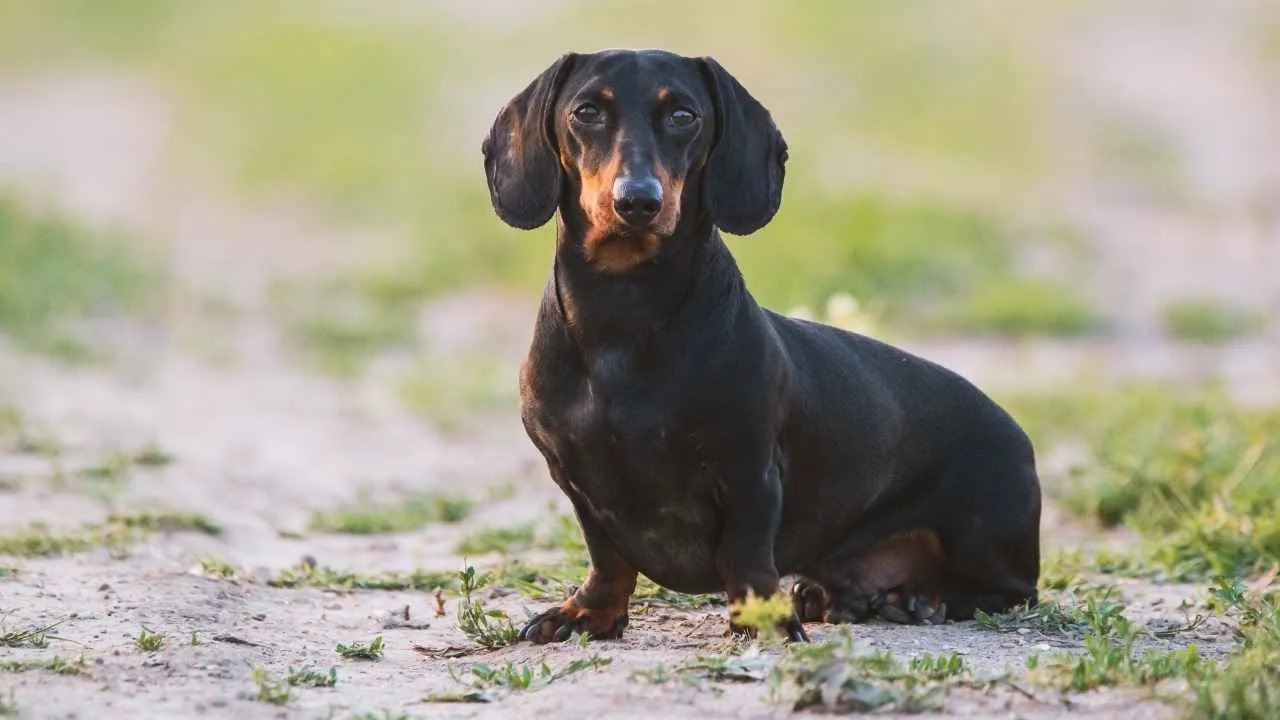
With its iconic long back and short legs, the Dachshund—also known as the “wiener dog” or “badger dog”—is instantly recognizable. WebMD reports that the American Kennel Club (AKC) officially recognized Dachshunds as a distinct breed in the year 1885.
Originally bred in Germany for hunting badgers, this spunky hound is fearless, determined, and spirited beyond its small stature. Dachshunds come in two sizes—standard (16 to 32 pounds) and miniature (under 11 pounds)—and three coat types: smooth, longhaired, and wirehaired.
Measuring just 5 to 9 inches in height, their compact form belies a strong-willed personality and powerful prey drive. They belong to the Hound group and typically enjoy a life span of 12 to 16 years. Despite their small size, their deep bark and protective instincts make them surprisingly effective watchdogs.

Care Needs
Though energetic, Dachshunds aren’t built for strenuous physical tasks like long-distance running or high-impact jumping. They need moderate daily exercise to manage weight and prevent back strain. Watch closely for signs of intervertebral disc disease—a common genetic concern.
Proper training and early socialization help manage their stubborn streak. Grooming needs depend on coat type: smooth coats require minimal upkeep, while longhaired and wirehaired types benefit from regular brushing. Mental stimulation, including interactive toys and scent games, is vital to prevent boredom.
Fun fact: Dachshunds were bred to dig into burrows and confront badgers, showcasing a boldness that far exceeds their size.
2. Rat Terrier
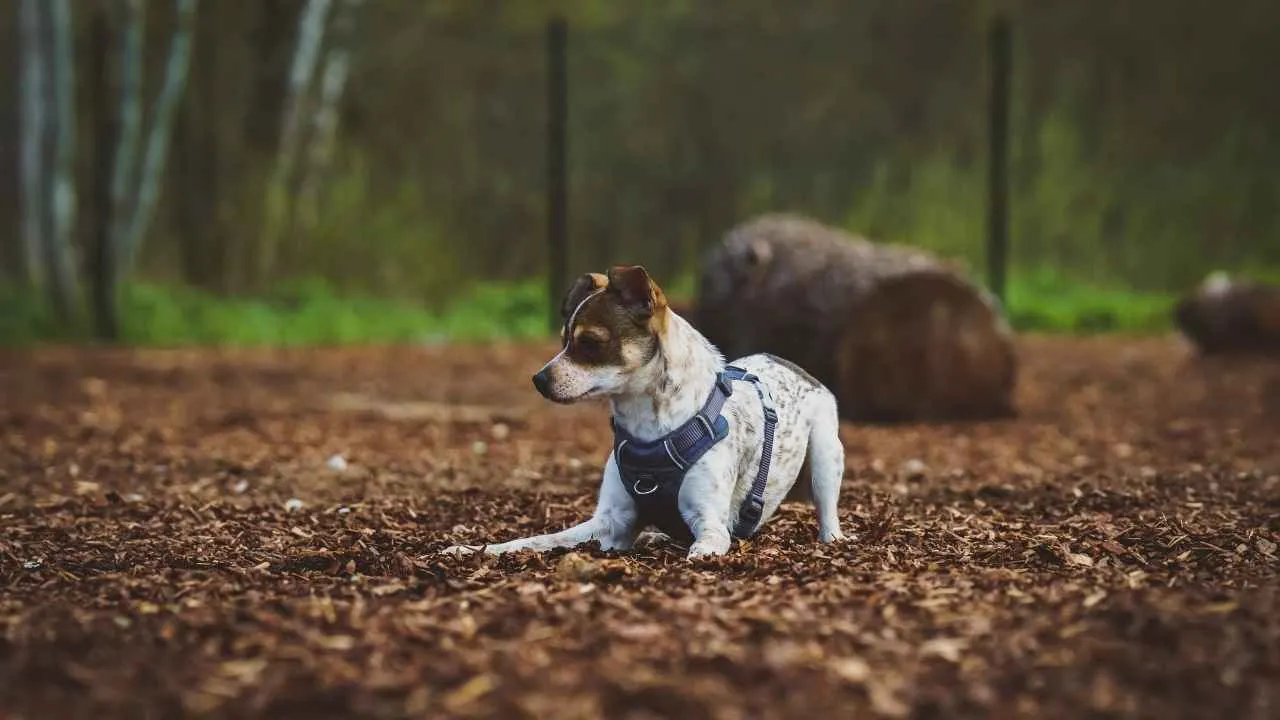
Compact and brimming with courage, the Rat Terrier is a true American original. Sometimes referred to as the “Rattie,” this agile breed originated in the United States and was developed from a mix of terriers such as the Smooth Fox Terrier, along with the Whippet and Italian Greyhound.
Standing between 10 to 18 inches tall and weighing anywhere from 10 to 25 pounds, Rat Terriers may be small in size but are incredibly strong-willed and determined. They boast a sleek, short coat with pied patterns in a variety of colors and are known for their alert expression, erect ears, and nimble physique. These tenacious little hunters were once a staple on farms and in households, prized for their vermin-controlling prowess and lively spirit.
With a life expectancy of 12 to 18 years, this member of the Terrier group is a loyal companion. They are great family dogs. PetMD explains that due to their combination of intelligence, high energy, and other traits, these dogs are generally a better fit for experienced pet owners.

Care Needs
Despite their low-maintenance grooming requirements, Rat Terriers thrive on active engagement. They require consistent daily exercise—brisk walks, games of fetch, or agility training—to burn off energy and stay mentally sharp.
Their strong prey drive means a secure yard is essential. Socialization is crucial, as some may be cautious with strangers. With firm yet positive training, these intelligent dogs become exceptionally well-behaved and loyal companions.
Fun Fact: President Theodore Roosevelt played a role in popularizing the Rat Terrier breed in America.
3. Papillon
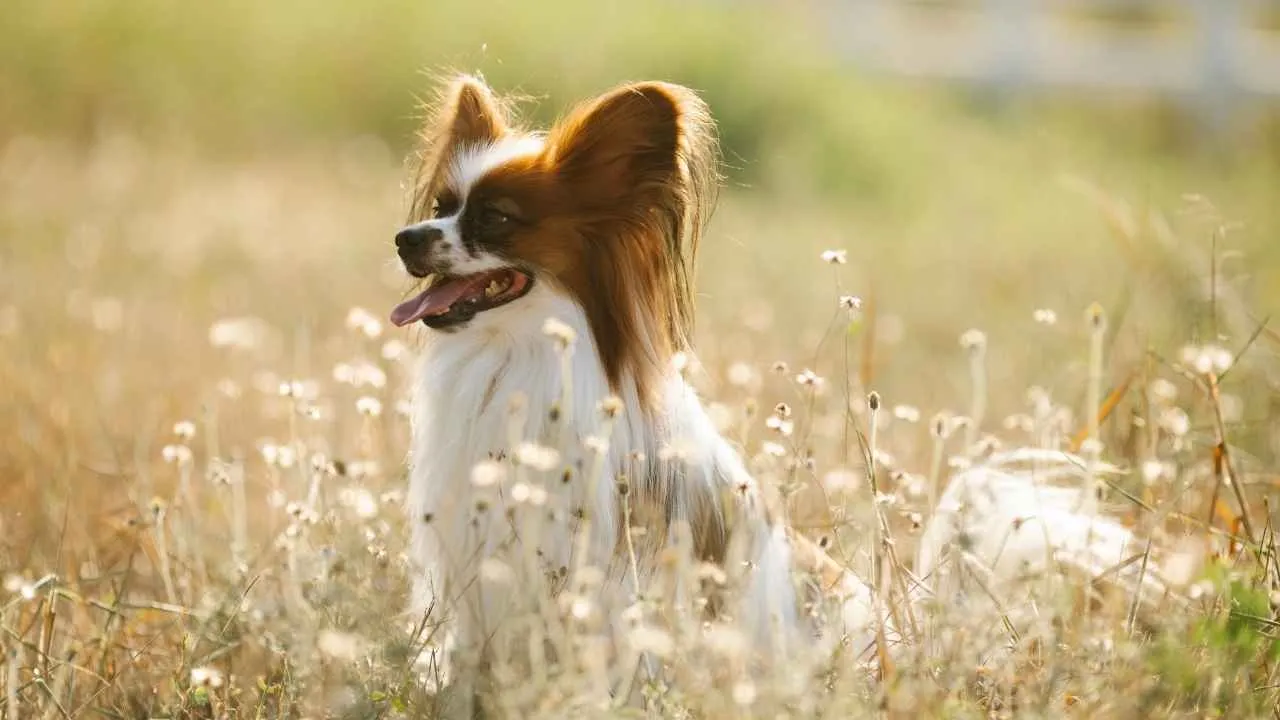
Also known as the Continental Toy Spaniel, the Papillon is a delicate-looking yet daring toy breed known for its fringed, butterfly-like ears. The American Kennel Club notes that although the Papillon has an elegant look, it is in fact a true canine at heart, possessing a robust and resilient nature.
Originating in France, this small dog stands about 8 to 11 inches tall and weighs between 6 to 10 pounds. Despite their elegant appearance and dainty stature, Papillons are anything but timid. They are fearless and sharp, with a bold personality that thrives in new situations.
Recognized for their intelligence and agility, they’re often top performers in dog sports and are extremely adaptable, whether in city apartments or open country homes. With a long, silky white coat accented by various colors like red, sable, or black, this breed lives approximately 14 to 16 years and belongs to the Toy Group.
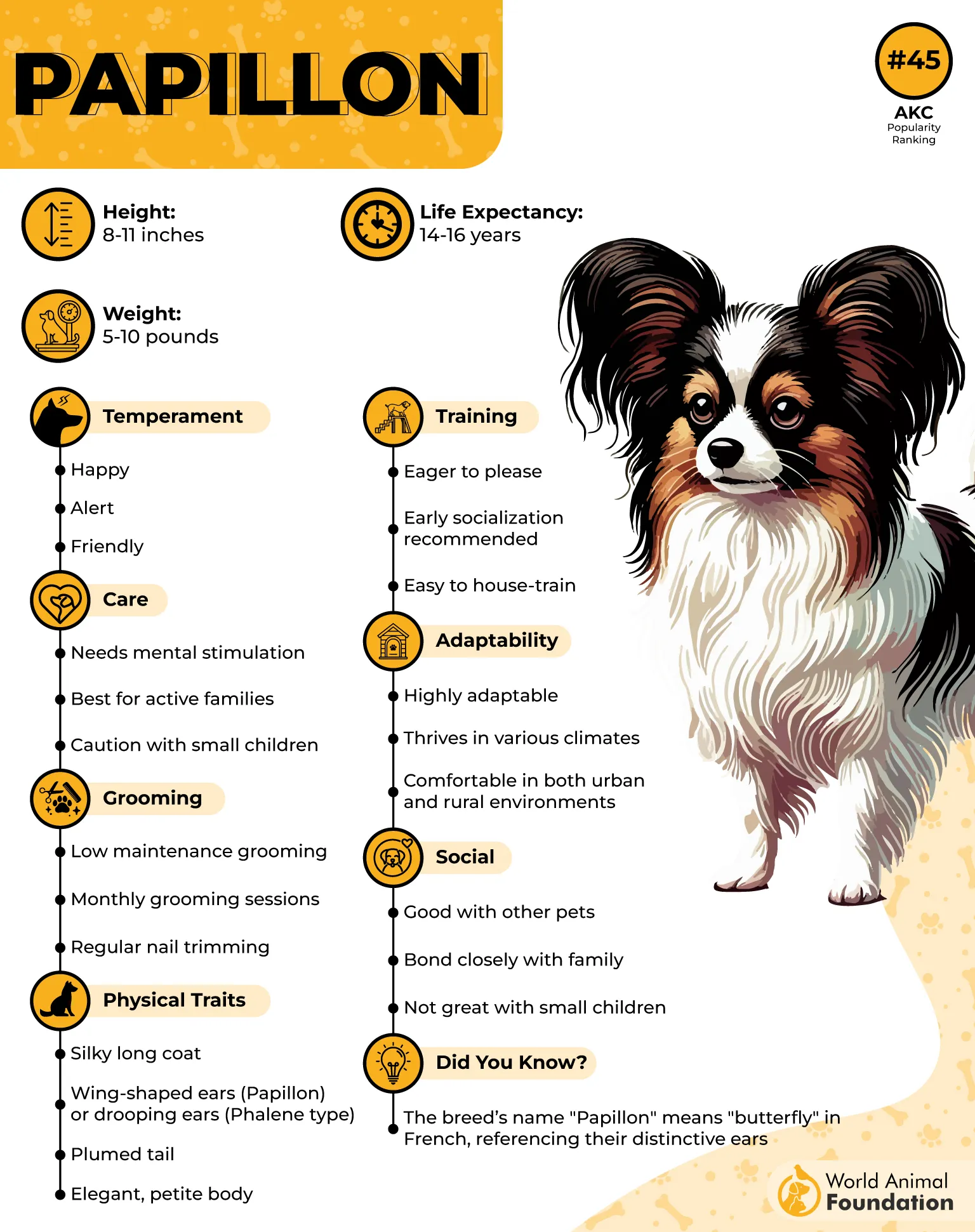
Care Needs
Papillons require moderate grooming despite their long coats. Weekly brushing prevents tangles, while regular bathing keeps their fur and skin healthy. Though not extremely active, they do benefit from daily walks and interactive play to keep their intelligent minds engaged.
Monitor for any skin irritation, especially around the ears and tail, and consult a vet for any unusual symptoms. Their high intelligence means they also thrive with mental stimulation and positive reinforcement training.
Fun Fact: Don’t let their delicate look deceive you—Papillons are surprisingly bold and have no trouble barking at much larger dogs.
4. Brussels Griffon
Don’t let the petite frame of the Brussels Griffon—also known as Griffon Bruxellois—fool you. Weighing in at just 5 to 15 pounds and standing 7 to 10 inches tall, this toy breed from Belgium was originally bred to hunt rats in stables. Behind that adorable, almost human-like expression lies a dog brimming with confidence and tenacity.
With a distinctive beard, short muzzle, and large, expressive eyes, the Brussels Griffon appears both comical and noble. Whether smooth-coated or rough-coated, their wiry or glossy fur complements a sturdy, compact build and animated trot. Griffs are part of the Toy Group, often living between 12 and 15 years.
Care Needs
Though small, the Brussels Griffon demands regular care. Rough-coated varieties require professional grooming every 4 to 8 weeks, while smooth-coated ones benefit from weekly brushing. Exercise needs are moderate—a daily walk and some interactive playtime suffice.
Their strong attachment to owners means they shouldn’t be left alone for long, as separation anxiety can arise. Early training and socialization are essential, especially given their bold personalities and occasional wariness of strangers.
A fun fact: Despite their size, Brussels Griffons will fearlessly sound the alarm at the slightest disturbance, acting as if they’re ten times bigger than they are.
5. Pomeranian
Beneath the plush, fox-like exterior of the Pomeranian lies a courageous spirit. This toy breed, which weighs no more than 7 pounds and stands 6 to 7 inches tall, descends from hardy Arctic sled dogs. Over time, they were bred down in size, but their bold personality remained fully intact.
Originally hailing from the Pomerania region of present-day Poland and Germany, these spunky dogs became even more popular after Queen Victoria adopted one in the 1800s.
With their abundant double coat, spirited gait, and intelligent sparkle in their eyes, Pomeranians command attention far beyond their size. They belong to the Toy Group and typically live 12 to 16 years.
Care Needs
Pomeranians require regular grooming to maintain their luxurious double coat, which can mat without proper care. Brushing two to three times a week is essential, though daily grooming is recommended during shedding seasons.
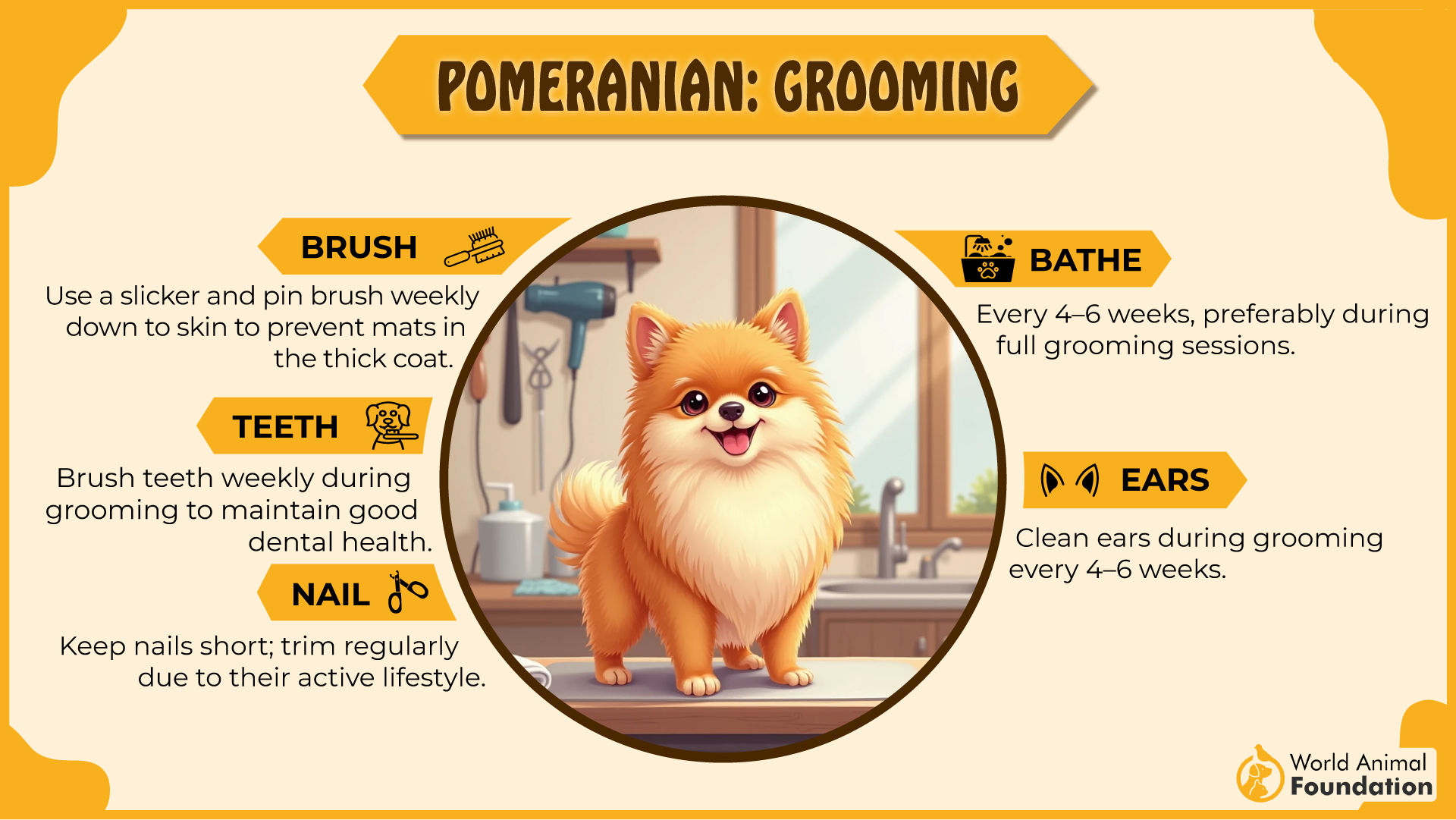
They benefit from baths every two to four weeks, depending on lifestyle, and occasional professional grooming helps keep them tidy. Despite their compact stature, Poms are active and need moderate daily exercise—short walks or play sessions usually suffice.
Fun Fact: Despite their fluff and size, Pomeranians were once large working dogs used for herding and pulling sleds.
6. Yorkshire Terrier
With a petite frame cloaked in a sleek, steel-blue and golden tan coat, the Yorkshire Terrier—commonly known as the Yorkie—embodies boldness in a tiny package. Weighing no more than 7 pounds and standing around 7 to 8 inches tall, this toy breed was originally developed in England to hunt rats in textile mills.
Despite its glamorous appearance and popularity as a city companion, the Yorkie is all grit underneath. Its energetic, self-assured demeanor often leads it to challenge dogs many times its size. Highly alert and fiercely loyal, the Yorkshire Terrier has no trouble asserting its presence, making it a vigilant little watchdog with a lionhearted spirit.
Care Needs
Though these popular dog breeds are hypoallergenic and low-shedding, their long, silky coats demand regular maintenance. Daily brushing is crucial for dogs with full-length coats, while those with a “puppy cut” can manage with weekly sessions. Professional grooming every 6–8 weeks helps maintain their signature elegance.
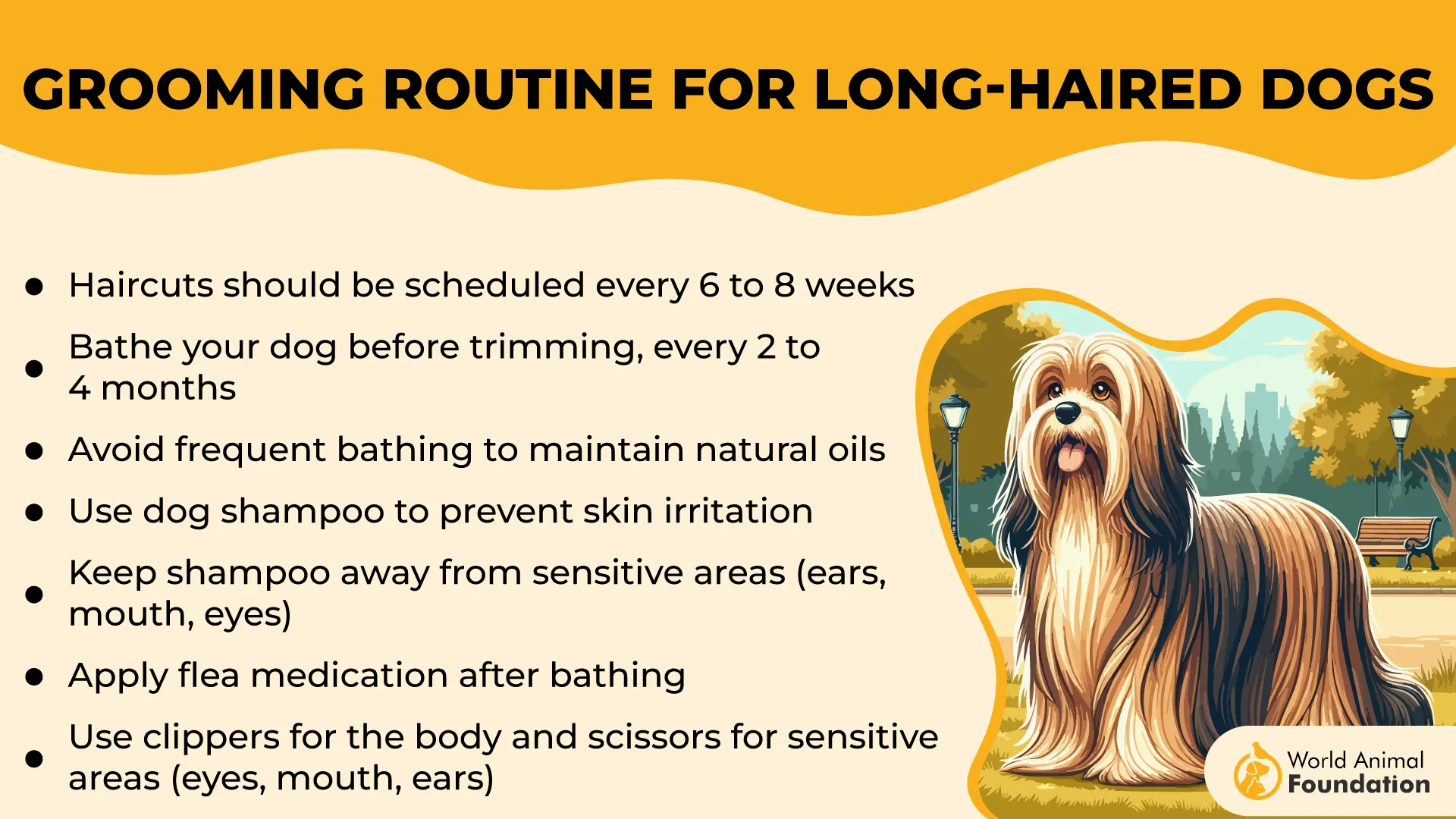
These intelligent terriers need daily physical activity and mental stimulation, such as short walks or games. Early socialization and positive reinforcement are essential to curb their natural stubborn streak and potential for excessive barking.
Fun Fact: A brave Yorkie once chased a bear up a tree to protect its yard—a striking example of this breed’s fearless nature.
7. Chihuahua
The Chihuahua is one of the tiniest yet most spirited dog breeds, known for its bold nature and fearless attitude. Originating in Mexico, this ancient breed dates back to pre-Columbian civilizations and was revered for its mystical qualities.
Weighing no more than 6 pounds and standing around 5 to 8 inches tall, the Chihuahua features a compact, graceful build, large upright ears, and expressive round eyes.
Its coat can be long or short and comes in a wide variety of colors and patterns. With a life span of 14 to 16 years, this terrier-like toy breed is often priced between $500 and $1,500, depending on lineage and location.
Chihuahuas carry themselves with a surprising amount of confidence and aren’t afraid to challenge larger dogs. They are often protective of their pet parents and display remarkable loyalty, acting as vigilant watchdogs despite their small size.
Care Needs
These little dogs are high-energy and benefit from daily play and short walks. Their grooming depends on coat length—short-haired ones need minimal care, while long-haired varieties require more frequent brushing.
Dental hygiene is essential, as they are prone to dental issues. They also require warmth, as their tiny frame makes them sensitive to the cold. Regular mental stimulation is key to keeping their intelligent minds engaged.
Fun Fact: Despite their size, Chihuahuas often behave like much larger dogs and have even been known to stand their ground against big canines with fearless tenacity.
8. Jack Russell Terrier
The Jack Russell Terrier, affectionately known as JRT or simply Jack, is a tenacious little dynamo with roots in 19th-century England. Bred by the “Sporting Parson” for fox hunting, this compact breed typically stands 10 to 12 inches tall and weighs between 13 and 17 pounds.
A proud member of the Terrier Group, the Jack Russell is instantly recognizable by its white coat—smooth, broken, or rough—with black or tan markings, and its bright, almond-shaped eyes brimming with mischief.
Their rectangular, muscular frame and effortless, springy gait reflect the tireless energy coursing through their veins. With a life expectancy of 13 to 15 years, they bring years of bold companionship.
Care Needs
Jack Russells are not low-maintenance pets. Their boundless energy demands at least an hour of vigorous exercise daily. Activities like agility training, fetch, and interactive toys help keep their minds sharp and bodies active.
Grooming is relatively simple, depending on the coat type, but regular brushing helps control shedding. Mental stimulation is essential to prevent destructive boredom-driven behaviors, and early training is crucial to manage their assertive nature.
Fun Fact: Jack Russells are so fearless that they’ll challenge dogs twice their size and excel in agility competitions.
9. Miniature Pinscher
The Miniature Pinscher, affectionately nicknamed the “Min Pin,” is a compact powerhouse with a personality far bigger than its 10–12 inch frame. Weighing up to 11 pounds, this breed is often referred to as the “King of Toys” thanks to its regal, commanding presence.
Despite their tiny size, Min Pins carry themselves like royalty—confident, bold, and always on the move. Believed to be descendants of German Pinschers mixed with Dachshunds and Italian Greyhounds, they were originally bred to hunt rats, which explains their sharp instincts and fearless nature.
With their high-stepping “hackney” gait and sleek, shiny coats in red, black-and-rust, or chocolate, they exude elegance and athleticism. Min Pins typically live 12–16 years and are classified in the Toy group, but their spirit is anything but dainty.
Care Needs
Miniature Pinschers are relatively low-maintenance when it comes to grooming—their short, smooth coats require only weekly brushing with a soft brush or hound glove to keep them glossy.
Regular nail trims are essential since overgrowth can make walking uncomfortable, and dental hygiene shouldn’t be skipped—brushing their teeth several times a week helps prevent issues. Though easy to groom, Min Pins need consistent mental stimulation and daily activity to channel their abundant energy productively.
Fun Fact: The Miniature Pinscher’s distinctive high-stepping gait resembles that of a Hackney horse—a strut that makes them instantly recognizable.
Conclusion
When it comes to courage, size is no measure in the dog world. From the determined Cavalier King Charles Spaniel to the self-assured Miniature Schnauzer, these tiny yet bold companions prove that fearless hearts often beat in smaller chests. With their sharp instincts and unwavering loyalty, small breeds often stand toe-to-toe with larger dogs, defending their loved ones and homes with impressive resolve. Even Toy Poodles, known for their elegance and intelligence, show remarkable confidence in new situations—making them perfect for any dog lover seeking a compact, brave-hearted companion.
Don’t overlook the unwavering courage of West Highland Terriers, Scottish Terriers, and Cairn Terriers—all small dogs with a larger than life personality. Similarly, the Pembroke Welsh Corgi, though low to the ground, stands tall in spirit. While there are many other breeds that display these valiant traits, those featured in this article are shining examples of bravery wrapped in small, adorable packages.


